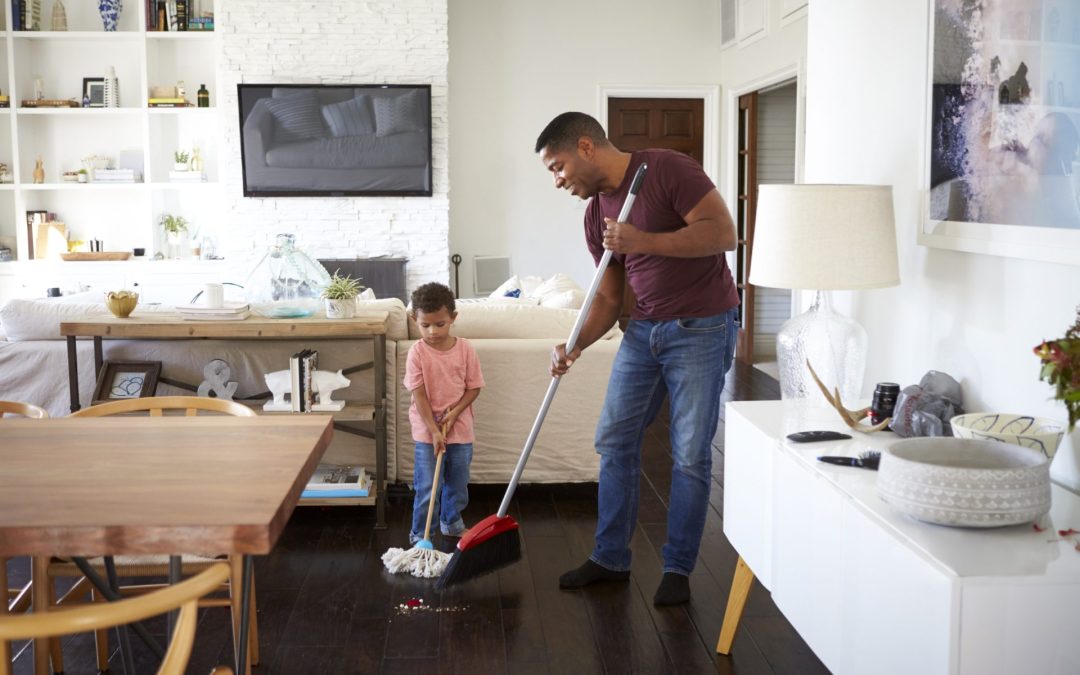In contemporary households, a diverse range of living spaces is meticulously crafted to cater to distinct needs and lifestyles. One such space that has gained popularity is the keeping room. We will delve into the concept of a keeping room, its purpose, design elements, and how it can enhance your home. Let’s explore this unique room and unlock its potential!
What Is a Keeping Room?
A keeping room is a versatile and multi-functional space within a home, traditionally found in historic houses. It functions as a focal point where families can unwind, host gatherings, and partake in a multitude of activities. Often located adjacent to the kitchen, the keeping room offers a cozy and intimate setting, making it ideal for everyday use.
Purpose and Functionality:
The main objective of a keeping room is to furnish families with a cozy environment where they can bond while accomplishing their daily routines. Positioned as an intermediary space connecting the kitchen and the rest of the house, it serves as a convenient hub for socializing, cooking, dining, and unwinding.
Design Elements:
Cozy Atmosphere: A keeping room is designed to evoke a sense of warmth and coziness. Soft lighting, comfortable seating options like plush sofas or armchairs, and textured fabrics contribute to creating an inviting ambiance.
Fireplace: A prominent feature of a traditional keeping room is a fireplace. It serves both functional and aesthetic purposes, providing warmth during colder months while adding a charming focal point to the room. A fireplace also encourages relaxation and serves as a gathering spot for conversations.
Open Layout: To ensure a seamless flow between the kitchen and the keeping room, an open layout is commonly employed. This design encourages easy interaction between family members and guests, fostering a sense of togetherness.
Storage Solutions: Incorporating storage solutions into the keeping roomes is essential to maintain an organized space. Built-in shelves, cabinets, or discreet storage furniture help keep belongings neatly tucked away, minimizing clutter.
Versatile Furnishings: Flexibility is key when selecting furnishings for a keeping room. Opt for furniture pieces that can easily rearrange to accommodate various activities, such as board games, reading, or watching TV.
Enhancing Your Home with a Keeping Roomes:
By integrating a keeping roomes into your home’s design, you can enjoy numerous benefits. Here are a few notable advantages:
Family Bonding: The keeping room fosters family togetherness by creating a designated space for quality time. Whether it’s cooking together, playing games, or engaging in conversations, this room encourages meaningful interactions among family members.
Increased Functionality: With a keeping roomes, your kitchen becomes more than just a place for cooking. It extends the functionality of your home by providing additional seating and entertainment options, making it a versatile space for everyday activities.
Improved Hosting: Hosting guests becomes more enjoyable with a keeping roomes. It offers a comfortable and informal setting for entertaining friends and family, ensuring everyone feels relaxed and welcome.
Conclusion:
A keeping room serves as a flexible and welcoming area that connects the kitchen with the rest of the home, seamlessly bridging the divide. With its cozy atmosphere, thoughtful design elements, and ability to facilitate family bonding and entertaining. A keeping roomes has become a valuable addition to modern homes. Consider incorporating a keeping room into your own living space and experience. The enhanced functionality and warmth it brings to your daily life.

